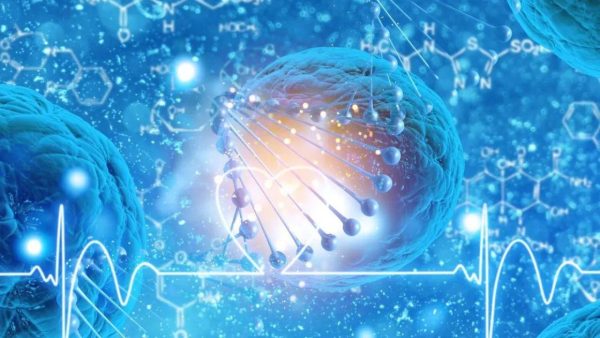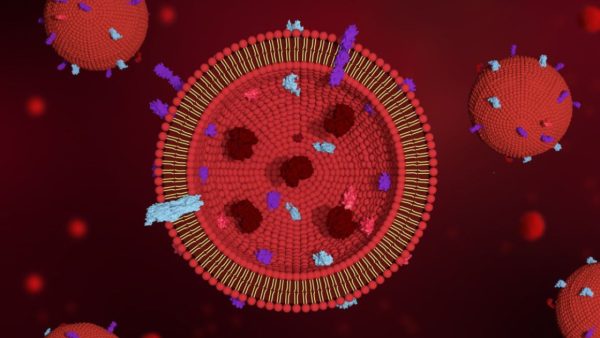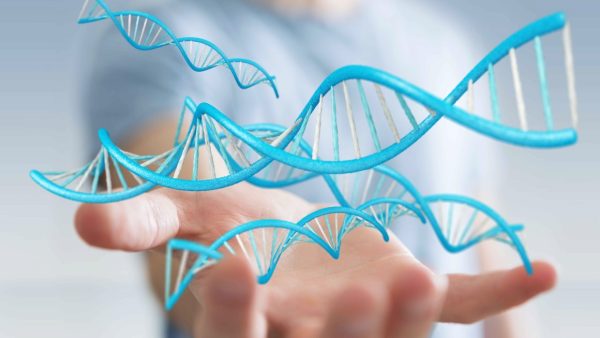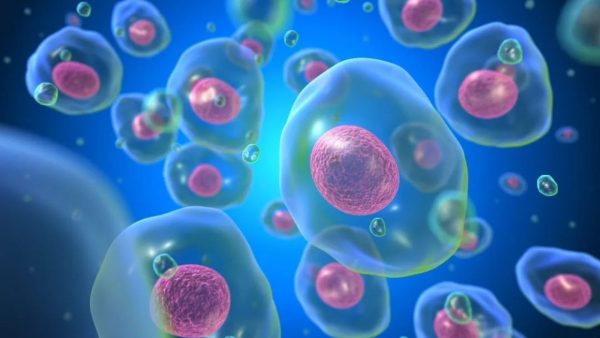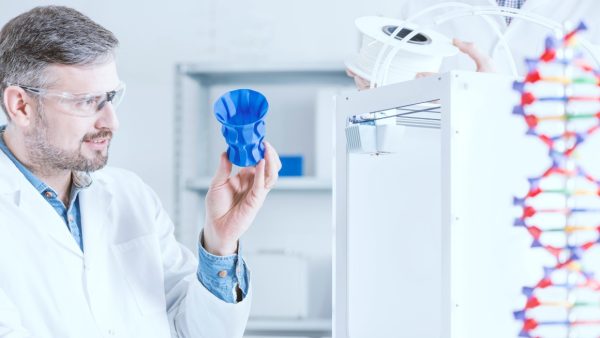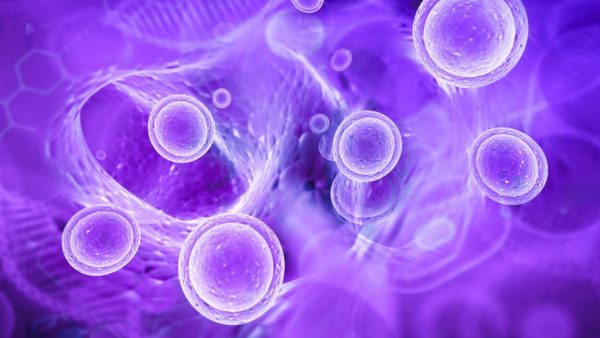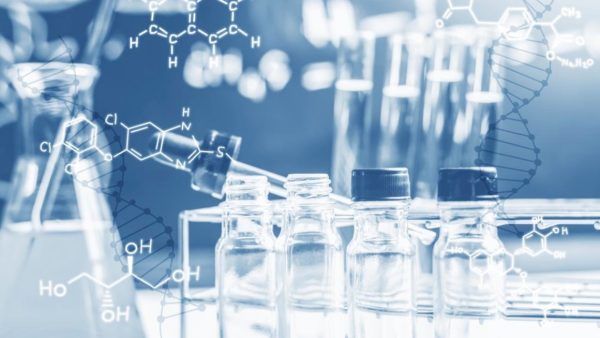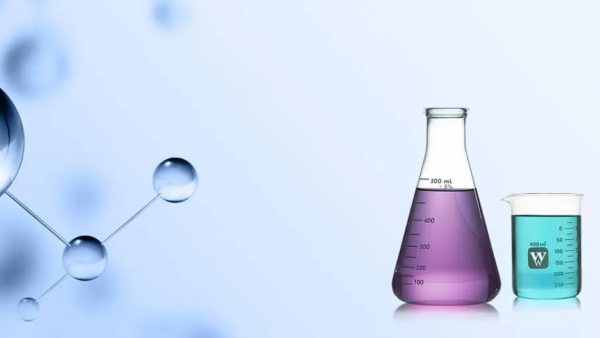Brachytherapy (BT), an internal radiation therapy used on a local and specific part of the body, is applied to treat cancers of head, neck, breast, cervix, prostate and eyes. BT uses seeds, ribbons or capsules that contain radiation and places them directly inside or near the tumors. The major advantage of BT is that it […]
The Possibility of SiNcOH-DSPE-PEG(NH2) NPs on Imaging-Guided Combination Cancer Therapy
The combination of photothermal therapy and photodynamic therapy has become a powerful cancer treatment technique. However, as most of the experiments using the combination employed multi-component nanocomposites under excitation of separate wavelength, the treatment process became quite complex. The researchers developed a new theranostic nanoplatform – SiNcOH-DSPE-PEG(NH2) NPs by coating silicon 2,3-naphthalocyanine dihydroxide (SiNcOH) with DSPE-PEG […]
Microfluidics: The Best Way for Theranostic Nanoparticle Preparation
Lipid nanoparticles can be formed through several methods, including mechanical methods, replacement of organic solvents with aqueous media and detergent removal methods. The most common method for the nanoparticle liposome formation includes the formation of lipid films and hydration of the film with an aqueous buffer. As a nanoparticle preparation method and owing to its […]
L-Arginine (L-Arg) Depletion in Long-term Cancer Therapy
L-Arginine (L-Arg) depletion has attracted worldwide attention in cancer therapy. Although there are two types of arginine-depleting enzymes, arginine deiminase (ADI) and human arginase I which are under clinical trails, the random site of PEGylation, low efficacy of heavy metal as co-factor and immunogenicity limit the properties of these drugs and make it difficult in homogeneous production. […]
The Preparation of Cationic Liposome-Based Vaccine Adjuvant by Microfluidics Method
Microfluidics is a reliable and promising method for preparing the large-scale particle-based pharmaceutics. It can be expanded from research laboratory to good manufacturing practice production for clinical experiments and commercial pharmaceuticals. One of the useful characteristics of microfluidics is its ability to control various parameters. The researchers monitored the parameters of the microfluidics preparation of […]
What Affect the Anti-PEG Immune Response to PEGylated Proteins
PEGylation has improved the pharmacological properties of therapeutic proteins. However, polyethylene glycol (PEG) can bring about a negative clinical effect on therapeutic protein due to its immunogenicity. The anti-PEG immune response to PEGylated proteins is probably dependent on the properties of proteins and the conjugated polyethylene glycol (PEG). As a result, the investigation of the effects […]
PEG-TRAIL-vcMMAE Conjugate: A Viable Strategy for Therapeutics and Drug Delivery
The main barriers of the preclinical and clinical application of TRAIL, tumor-necrosis-factor (TNF)-related apoptosis-inducing ligand, are poor pharmacokinetics and drug resistance in some tumor cell lines. In order to break through the barriers, researchers found TRAIL114-281 (114 to 281 amino acids) with its half-life reveals no more than 30 minutes across species. Taking advantage of steric […]
The Fulfillment of Glycosphingolipids (GSL) Expression by A Two-Stage Matching Method
Glycosphingolipids (GSL) plays a variety of roles in both biological and pathological events, including signal transduction, cell division, recognition, adhesion and apoptosis. Some of the GSLs are related to cancers and Alzheimer’s Disease. GSL expression is a field that researchers have paid strong attention to due to the important role GSLs plays during various processes. If […]
PEG-TRAIL-MMAE Conjugates with Optimized Ratio for Antitumor Application
TRAIL (tumor-necrosis-factor (TNF)-related apoptosis-inducing ligand) has been regarded as a promising broad-spectrum antitumor agent. However, its further application is limited by poor drug delivery and the tumors that has resistance to TRAIL. To settle the problems, researchers applied a three-step drug delivery strategy in the form of PEG-TRAIL-MMAE (Monomethyl Auristatin E) to TRAIL. The first step is to proceed […]
The Asymmetric Phospholipids in Acyl Chains
Surrounded by flexible and selectively permeable membranes, phospholipids are crucial to living cells. The membranes should allow molecules to get in and out of the cells and divide into new cells. Phospholipids contain two fatty acyl chains, which are either saturated or unsaturated. Most of the phospholipids found in cell membranes are asymmetrical with respect to fatty […]




